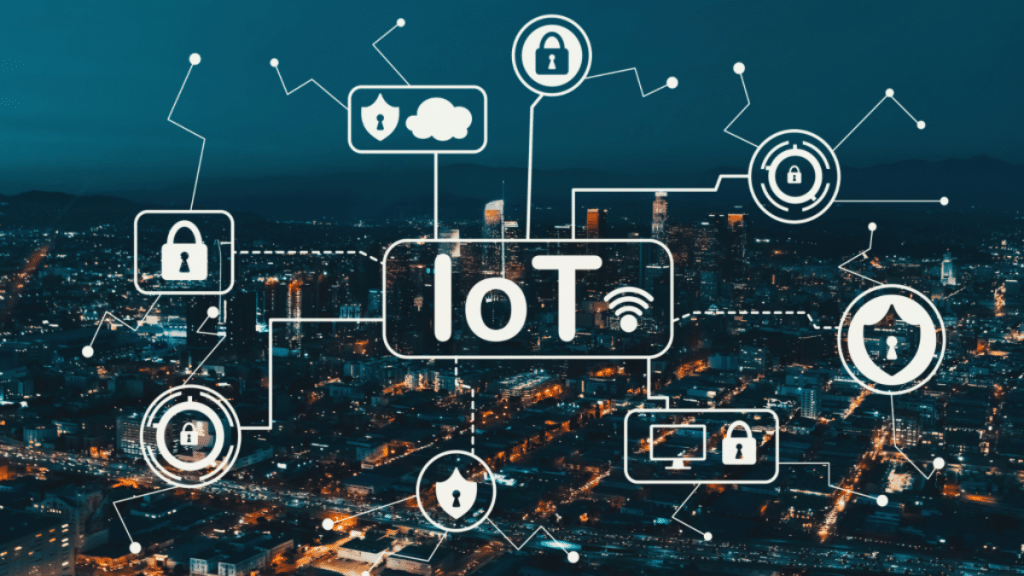The Internet of Things (IoT) is revolutionizing industries, enhancing operations, and delivering deeply personalized user experiences. However, turning an IoT concept into a fully functional, scalable solution can be complex. From planning and prototyping to deployment and maintenance, the journey involves multiple steps, each requiring careful attention to detail and expertise.
Whether you’re an entrepreneur exploring IoT solutions or a business scaling your existing system, understanding the key stages of IoT product development is crucial for success. Let’s delve into the essential aspects of transforming an IoT concept into a product that’s not only functional but also scalable.
Key Benefits of a Well-Designed IoT Solution
An efficient IoT system can empower businesses in numerous ways:
- Tailored Development: Custom hardware and software designed to address specific needs.
- Scalable Architecture: Solutions built to grow alongside business demands.
- Advanced Security: Robust protocols to protect data and devices from cyber threats.
- Data-Driven Insights: Real-time analytics for smarter, faster decisions.
- Ongoing Support: Continuous maintenance to ensure long-term performance.
A Comprehensive Approach to IoT Development
Developing an IoT product involves more than just connecting devices. It requires careful planning, robust design, and thorough testing to ensure reliability and scalability. Here’s a step-by-step breakdown:
1. Consultation and Feasibility Study
Start by defining your goals and assessing the feasibility of your concept. A clear roadmap and realistic expectations at this stage pave the way for efficient development.
2. Solution Architecture and Design
Creating a solid foundation is essential. This includes planning IoT architecture, selecting appropriate hardware, and designing software that integrates seamlessly with the system.
3. Prototyping and Development
Building functional prototypes is a crucial step to test usability, performance, and efficiency. Iterative development ensures the final product meets technical and business requirements.
4. Deployment and Maintenance
Successful deployment involves seamless implementation of hardware and software, followed by regular monitoring and updates to maintain peak performance.
Custom IoT Hardware for Reliable Performance
Hardware is the backbone of any IoT system. Durable and efficient components like custom PCBs, embedded systems, and advanced sensors ensure your solution performs reliably under real-world conditions.
Key hardware considerations include:
- Custom PCBs: Circuit boards optimized for energy efficiency and durability.
- Sensor Integration: Reliable data collection from temperature, motion, or pressure sensors.
- Embedded Systems: Processors and controllers that ensure responsive operation.
Seamless Software Integration
For an IoT solution to function effectively, hardware and software must work together flawlessly. Comprehensive software development includes embedded firmware, cloud connectivity, and intuitive interfaces.
Critical software components:
- Embedded Firmware: Optimized for hardware performance.
- Cloud Solutions: Secure, scalable platforms for data storage and real-time access.
- User Interfaces (UI): Easy-to-use applications for device management and monitoring.
Ensuring Robust IoT Security
As IoT adoption grows, so does the risk of security breaches. Protecting data and devices requires a multi-layered approach:
- End-to-End Encryption: Safeguarding data in transit and at rest.
- Secure Authentication: Multi-factor authentication and access controls.
- Proactive Updates: Regular security patches to address vulnerabilities.
Building for Scalability
IoT solutions should evolve alongside your business. Scalable architectures ensure your system can handle future expansions, whether it’s adding new devices or processing larger volumes of data.
Key scalability features:
- Modular Design: Flexibility to incorporate new features seamlessly.
- Cloud Infrastructure: Easily expandable storage and processing capabilities.
- Efficient Data Handling: Real-time analytics for large-scale operations.
Data Analytics: The Key to Better Decisions
One of IoT’s greatest strengths is its ability to generate actionable insights. With real-time monitoring, predictive analytics, and customizable dashboards, businesses can optimize operations and anticipate future needs.
Testing
No IoT solution is complete without thorough testing. Rigorous quality assurance ensures your product functions reliably across different environments and meets all regulatory standards. Testing protocols include:
- Functionality Testing: Verifying each component works as intended.
- Environmental Testing: Assessing durability under real-world conditions.
- Compliance Testing: Ensuring compatibility with industry standards.
Ongoing Maintenance and Support
The journey doesn’t end at deployment. Regular updates, troubleshooting, and scalability enhancements are vital to keep your IoT system running efficiently.
Essential support services:
- Software Updates: Adding new features and improving performance.
- Technical Troubleshooting: Quick problem resolution to minimize downtime.
- Scaling Support: Adapting infrastructure to evolving business needs.
From Concept to Reality
Transforming an IoT concept into a scalable, reliable product requires expertise, planning, and attention to detail. By focusing on tailored development, robust security, seamless integration, and scalability, you can create an IoT solution that drives real results for your business.
Partner with ZEUS Design for IoT Excellence
ZEUS Design is one of the top electronics design firms in Sydney that combines technical expertise with a client-first approach. From creating scalable systems to ensuring robust security, they’re dedicated to delivering innovative solutions that drive real results. Whether you’re building an IoT system from the ground up or scaling an existing one, ZEUS Design is your trusted partner every step of the way.
Contact ZEUS Design to make your IoT concept a high-impact reality!
